It’s puppy day!
The day you have been counting down too for what seems like an eternity has arrived. You picked your new family member all those weeks ago and now the day is here. You are filled with excitement and fear of not getting it right.
Do not fear! Puppies although hard work at times are fairly simple beings and relatively straight forward with the correct management. My main rule is start as you mean to go on.
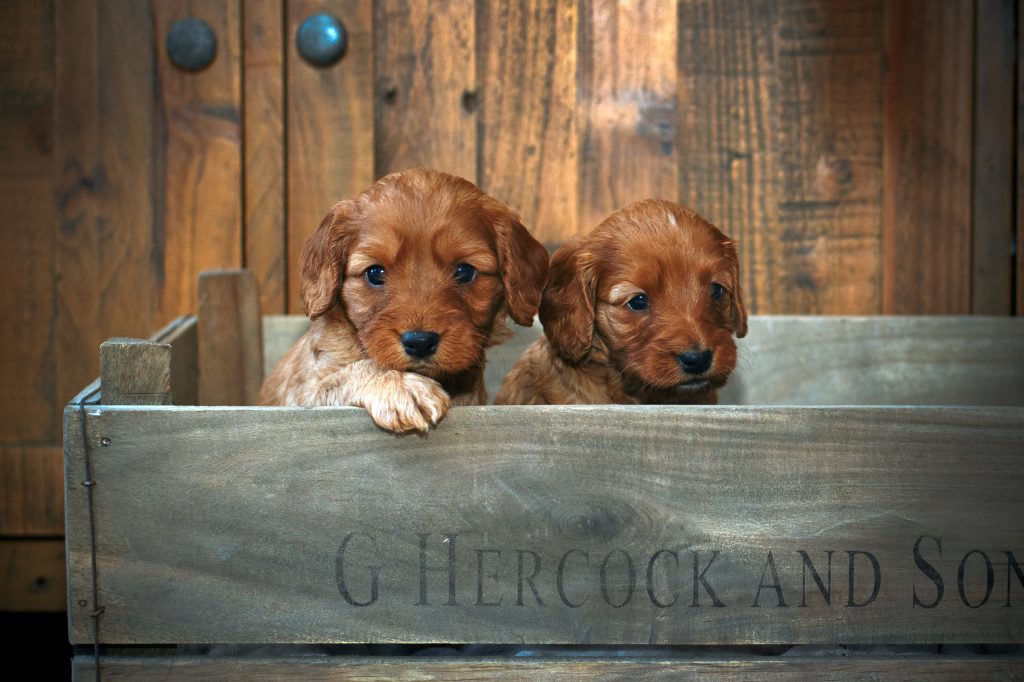
The first journey
So I am a firm believer that our dogs should be transported safely. Ideally in appropriately tested dog boxes in the boots of our cars. Remember, the highway code stipulates that a dog should be appropriately restrained in the car. Failure to do so whilst driving may result in your insurance being invalid. Or if distracted you may receive points on your licence for driving without due care and attention.
But that’s enough of the legalities. The main priority of our puppy’s first trip is safety and making it a fairly pleasant experience. Depending on the size of your puppy I recommend a small carrier. These can be secured with seatbelts on the backseat. It may also be reassuring for a puppy to have someone next to them on the backseat. Leaving the litter is likely to be quite stressful for a young puppy so they may whine.
Try not to over comfort the puppy and give them a chance to settle into their journey. Pups are like little learning sponges at this age. If we give them tonnes of attention when they are whining and squeaking they may take this forward to future journeys. A nice calming “good boy/girl” when they are sitting quietly is perfect. I would try and avoid treats and other foods during the journey. Many pups suffer from travel sickness and extra treats may exacerbate this.
Depending on the length of your trip you may have to consider pit stops for toilet breaks and to allow your puppy to have a drink and food. If you do have a long journey there is no problem taking puppy pads and placing them on the floor at a services. I like to take a few so my new puppy has a safe toilet spot free from potentially harmful germs. Remember it is unlikely your puppy will have been fully vaccinated yet so shouldn’t be put directly on to ground other dogs/wildlife has accessed.
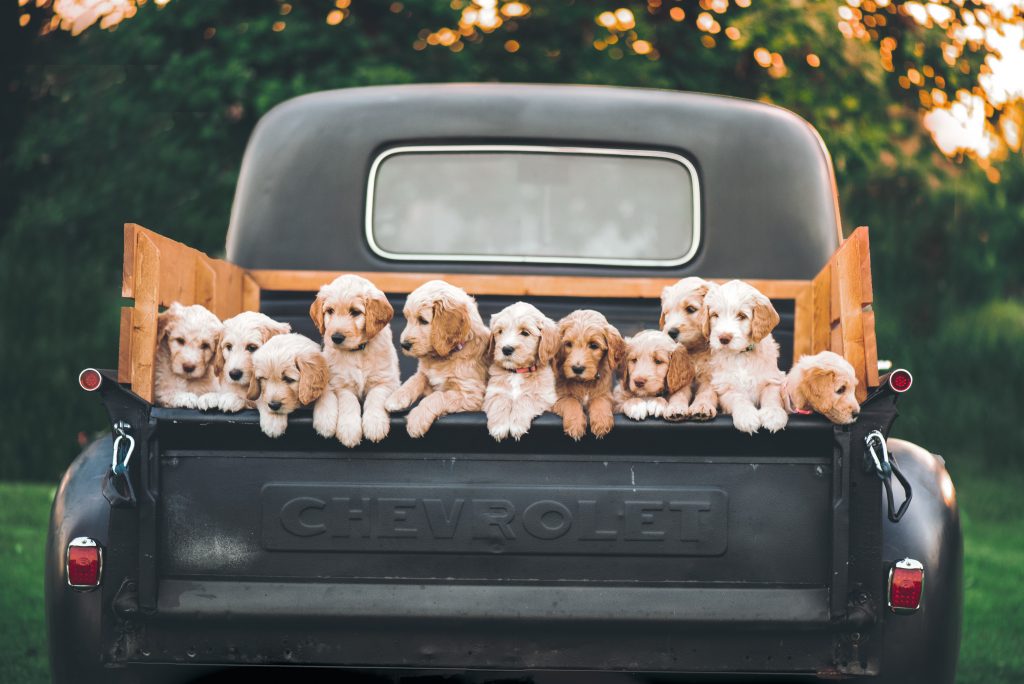
On arriving home with your new puppy
Hopefully your puppy has had a restful journey home and you are all ready for the next step.
First things first, straight out in the garden for a toilet break. Do not go inside until your puppy has had a pee. This may take a bit longer initially as your puppy explores its new home. Speak to the breeder before leaving and try and find out the usual times of day your new pup poops. This will help you to establish if your new pup may be due a poo too.
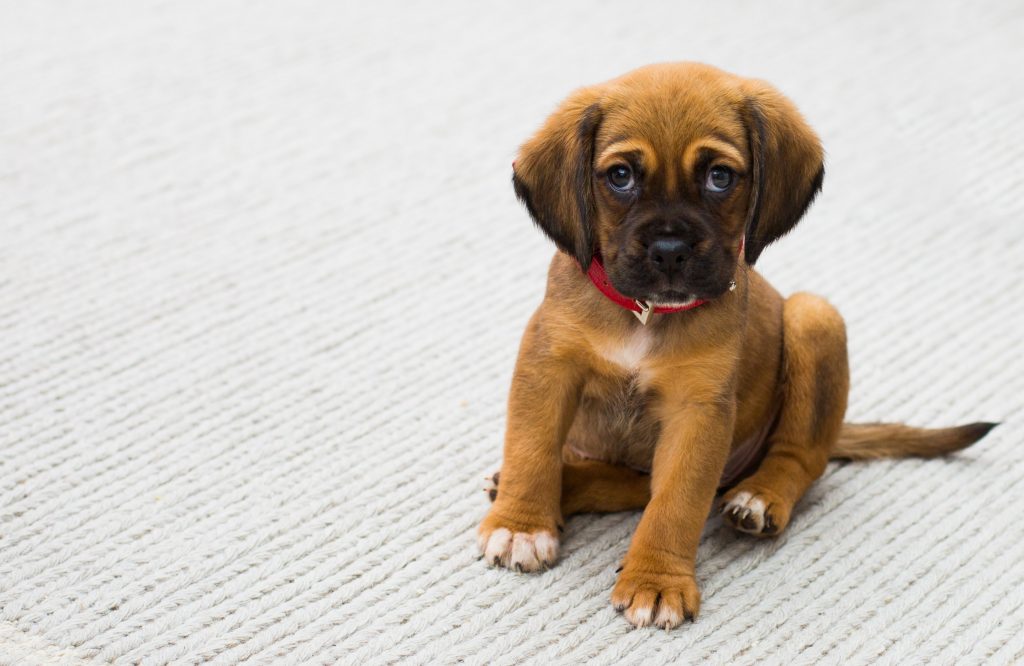
On average it takes between 6-10 hours for food to move through a dog. Although this may be quicker if wet or soaked. This should help you to estimate when your puppy may need a poo.
Once a toilet break has been completed show the pup his/her new home. Do not force the pup but encourage them and show them where the water bowl is, where the crate/bed is, etc.
I like to go and sit on the living room floor and let the pup explore its new surroundings under supervision.
Where is puppy going to sleep?
This is the section that many people never agree on but I will explain what I do and why.
I always use a crate with my new pups for a multitude of reasons.
- A crate keeps the puppy safe when I am preoccupied with other things and unable to devote my undivided attention. (this is allowed, I promise)
- A crate gives the puppy somewhere of its own to be able to get some time out and feel safe
- If we can get our pups happy with crates this makes other things like transportation in the car and potentials staying over at the vets far less stressful than it may otherwise be.
- Crates are very helpful in puppy toilet training as long as the effort is put in. A pup will rarely mess their bedding which is why I like to initially make my crates small and fill with bedding, this makes it less likely they will toilet for the sake of toileting. The first thing that happens when you take the pup out of the crate is a toilet break outside. This is a routine I still practice with my adult dogs.
So how to start crate training.
Your pup should see the crate as a good place to be, so never use it as a punishment. For me on the pups first day at home I will do a couple at least of crate training sessions throughout the day to acclimatise the pup with its new safe place.
Start off with a tasty treat and lure the pup into the crate, as the pup goes in say “in your bed” or whatever you want your future command to be. When the pup has all four feet in the crate drop the treat for the pup to eat. As they turn around use your release command of “out you come” or again whatever you choose to use, the pup doesn’t get a treat for coming out.
Repeat this process several times so the pup associates the crate with getting a treat.
Then I begin to close the door on the pup. The pup will most likely sit or stand at the closed door. It is at this point I do my first threshold manners training. Begin to open the door and if the pup moves towards it gentle close it again. Repeat this until the pup remains still whilst you start to open the door, praise the pup and reward with a tasty treat through the side or top of the crate. Repeat the process until you can open the door fully reward the pup again through the side then use your release command “out you come”. This teaches the pup its first lesson about manners and as an added bonus adds value to its lovely new safe space the crate.
Your pup is likely to be tired now its used its brain so let them have a toilet break and pop them back in the crate using the same process. This time you can leave them with a filled kong or a puppy safe chew and you can leave the room.
Your pup may notice you leave and whine a little or it may not notice and get on with its chew. Usually a pup with chew for a short time and fall asleep. I like to set up a camera on the crate so I can see what the pup is up to without disturbing them.
Busy yourself in another room of the house and let the pup sleep. The important part is to go back before the pup wakes and asks to go out, so pick your time and take pup straight outside for a toilet break.
If you can pop the pup down for a nap several times in the first day it will make your evening routine a lot easier.
The start of puppy toilet training
So the general rule of toilet training is to take your pup out every 30mins give or take. As well as the 30 minute rule I also take a puppy out for a break after eating, after playing/training and after a nap. Basically when one activity ends pop in a toilet break.
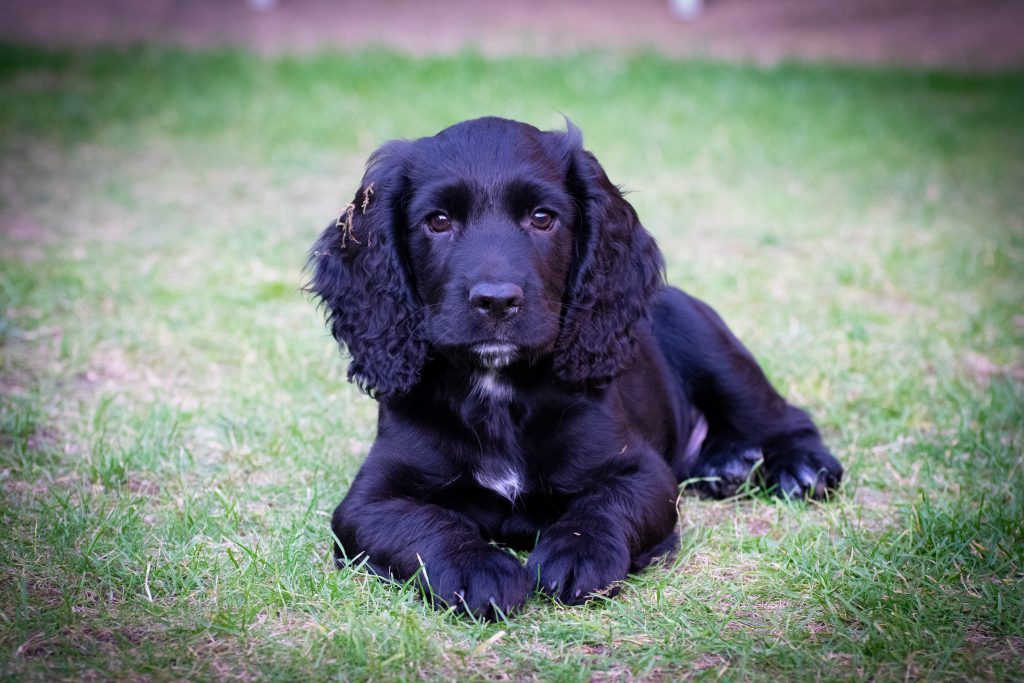
The next rule is stay outside with the pup until it has at least had a wee. This can be very frustrating if you are in a rush but stick it out, it is well worth it in the long run. Decide on what word you are going to use for asking the pup to go toilet and be consistent with it. For me I use “go toilet” and when the pup finishes having a wee or poo praise and reward with a treat or a fuss. Try not to praise too quickly when the pup starts as you may put them off.
The most important thing is not to chastise your puppy for having an accident the only person you should tell off is yourself for not paying attention. Puppies give clues they are going to go to the toilet, for example they usually stop playing with or doing what they are doing and begin to sniff the floor and sometimes begin to circle. If you see this calmly pick your puppy up and go outside. Don’t leap on it like its a live grenade as this will scare your puppy and they will most likely wet themselves anyway.
Top tip – walk in big circles around the garden sometimes helps encourage the pup to go to the toilet.
Puppy’s first night in a new home
It is important that your new puppy gets lots of sleep during the day, but about 30 mins before bed I will have some play time with the pup, this can be with a toy or doing some short sharp fun training. For example sit or follow me.
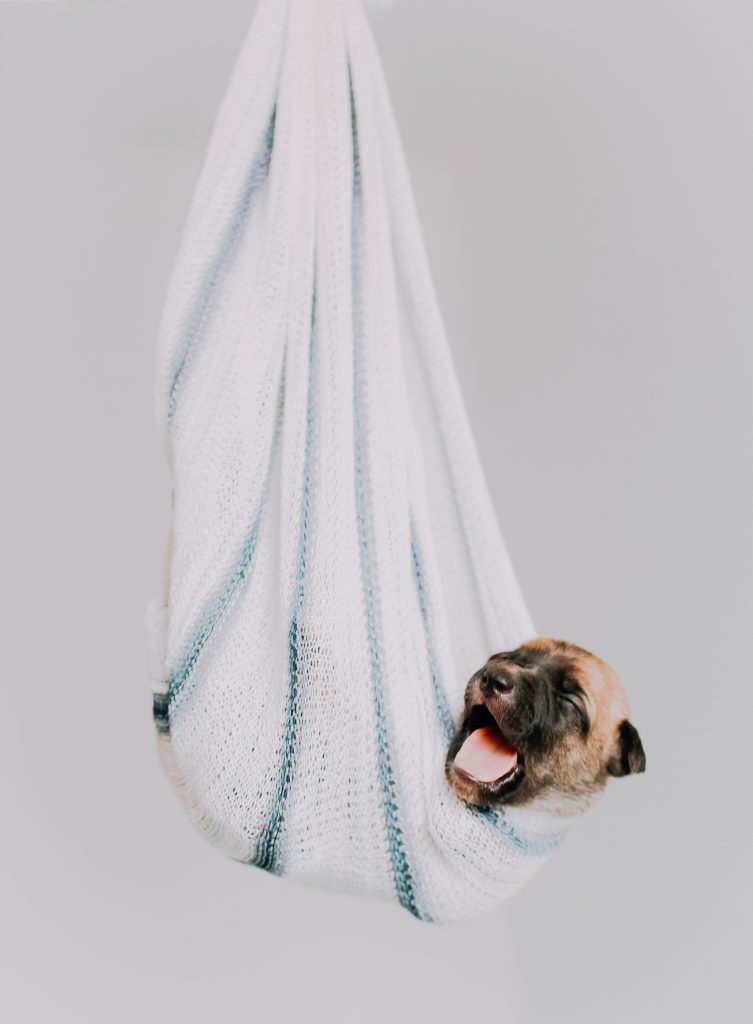
This will give the pup a little bit of mental and physical exercise before bed meaning they are more likely to nod off more quickly. Don’t go too crazy and do too much as you may get them over excited before bed.
The last thing you do before bed in out for the pup’s last toilet break. Depending on when you pup had dinner hopefully this will be a last wee and poo before bed time. This is probably one of the most important toilet breaks to stay outside until completed. (I know its frustrating when you are tired)
When you come back inside ask your pup to go into its crate. Exactly as you did earlier in the day and give a small treat when they enter. Shut the door and again if you pup stays calm reward again with a small treat.
You will most likely know how the next part will go from the short sessions you’ve done during the day. If your pup coped well with those you should be absolutely fine. Say goodnight and off you go to bed, DO NOT MAKE A BIG DEAL ABOUT IT.
*A little side note.*
I always start as I mean to go on so my new pups will always start off downstairs in the kitchen. However, this is very much personal preference and many people stay the first week downstairs with the pup or alternatively have the crate in the bed room and gradually move it downstairs. The choice is yours (you’re an adult after all) but I have found the best results with my dogs starting them downstairs.
It is highly likely that your pup may whine for a short time. This is usually very short lived and they are soon fast asleep.
I like to have a camera set up to watch the pup whilst I am out the room. This means I can check on them if they make noise without having to re-enter the room.
If we come running every time the pup whines, guess what they are likely to to more of? You’ve guessed it – make noise to get us to come (because it clearly works)
If your pup wakes during the night (some will some won’t it is likely he/she may need the toilet) Go down to the pup but wait just outside the door for a brief moment of silence from the pup before going in. Go straight to the pup and pick up out of the crate and take in the garden. Try to keep the room dim with the lights off or low and don’t talk the pup this is still sleep time with a toilet break. Use the command for toilet again ensuring you stay outside until something happens be that a wee or a wee and poo. (you should know if your pup is due to poo)
Take you pup calmly back inside and pop back in their crate with a small treat, and say goodnight again and go back to bed. Your pup may well have another whine again but should stop and go back to sleep.
Set your alarm for between 5-6am you can adjust this to later if you have already been up with your pup in the small hours. Do not linger around upstairs if your pup is quiet, go straight down and take them out to the garden for a toilet break. By all means have a little play with them before you then go back inside for breakfast.
So you’ve survived your first night – now what?
Congratulations!! The first night is always the most difficult and if you’ve survived this you’ll be fine.
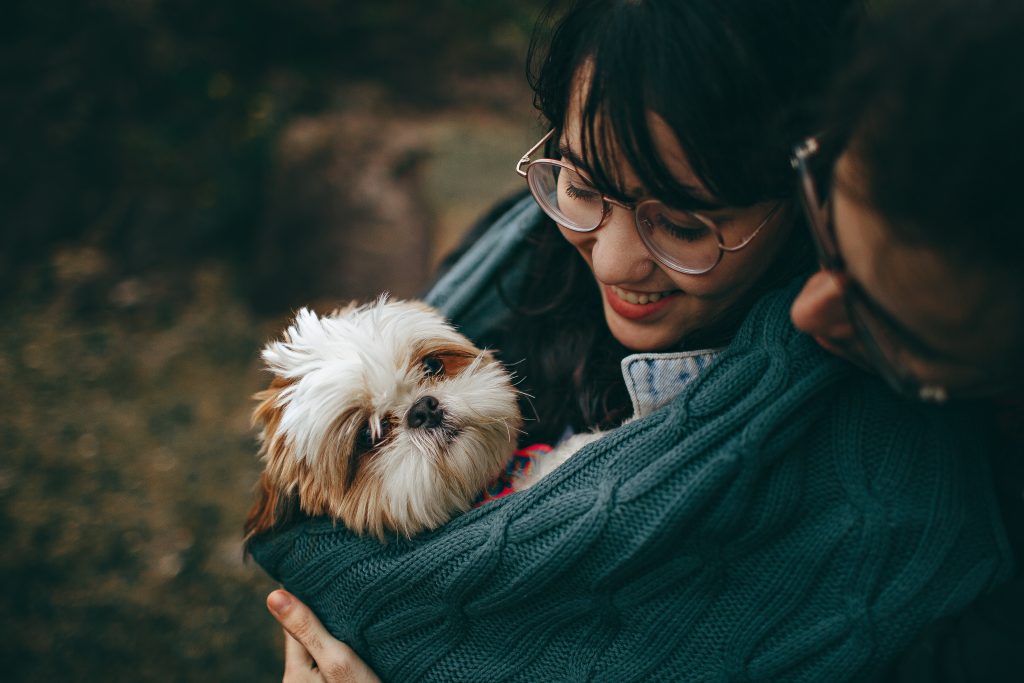
If you would like to know more about training your new pup get in touch today to book one of our Puppy First Steps Home Visits.
Around the circle
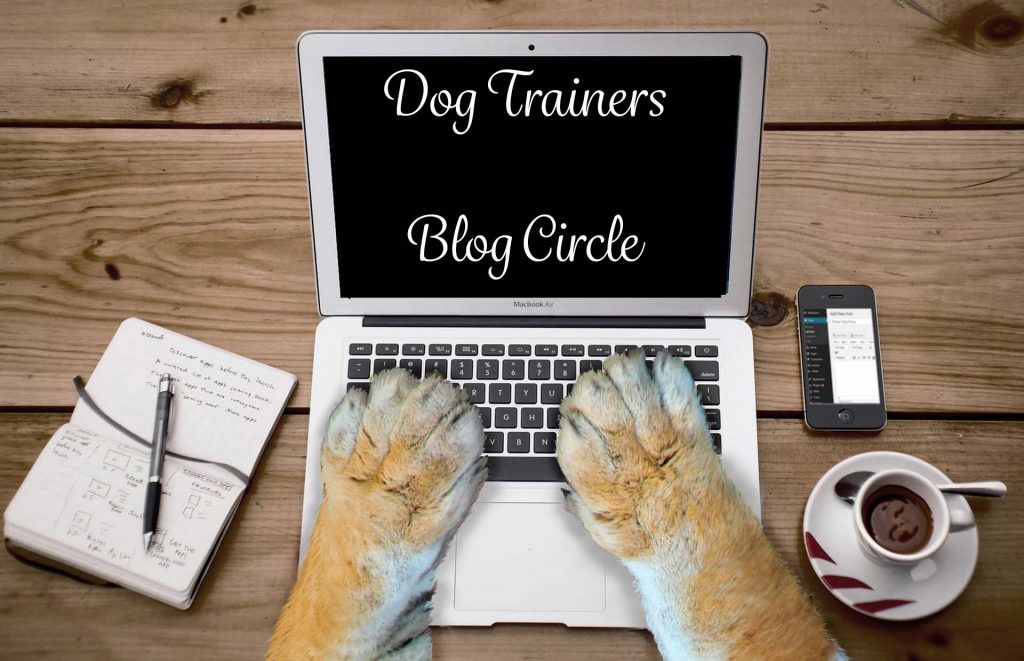
I am part of a fabulous blog circle with other dog trainers. Each blog in the circle links to the next so you can read what each of them has to say about choosing the right dog.
So next in the circle is –

Pingback: BRINGING PUPPY HOME. -